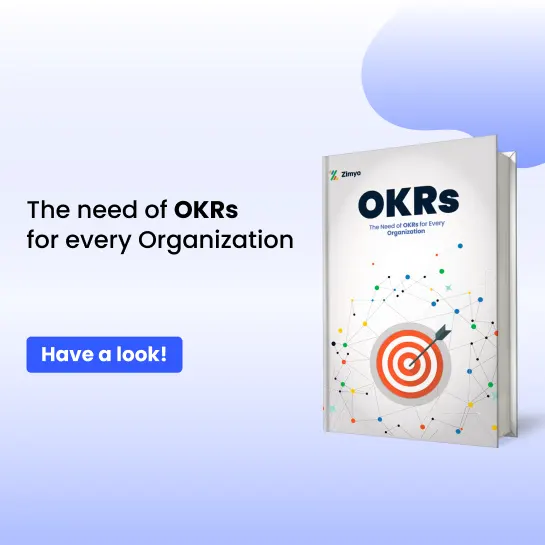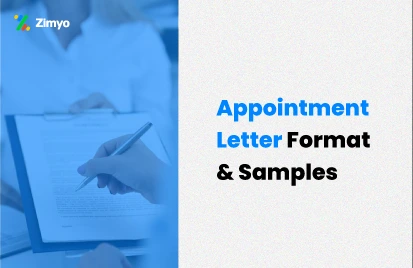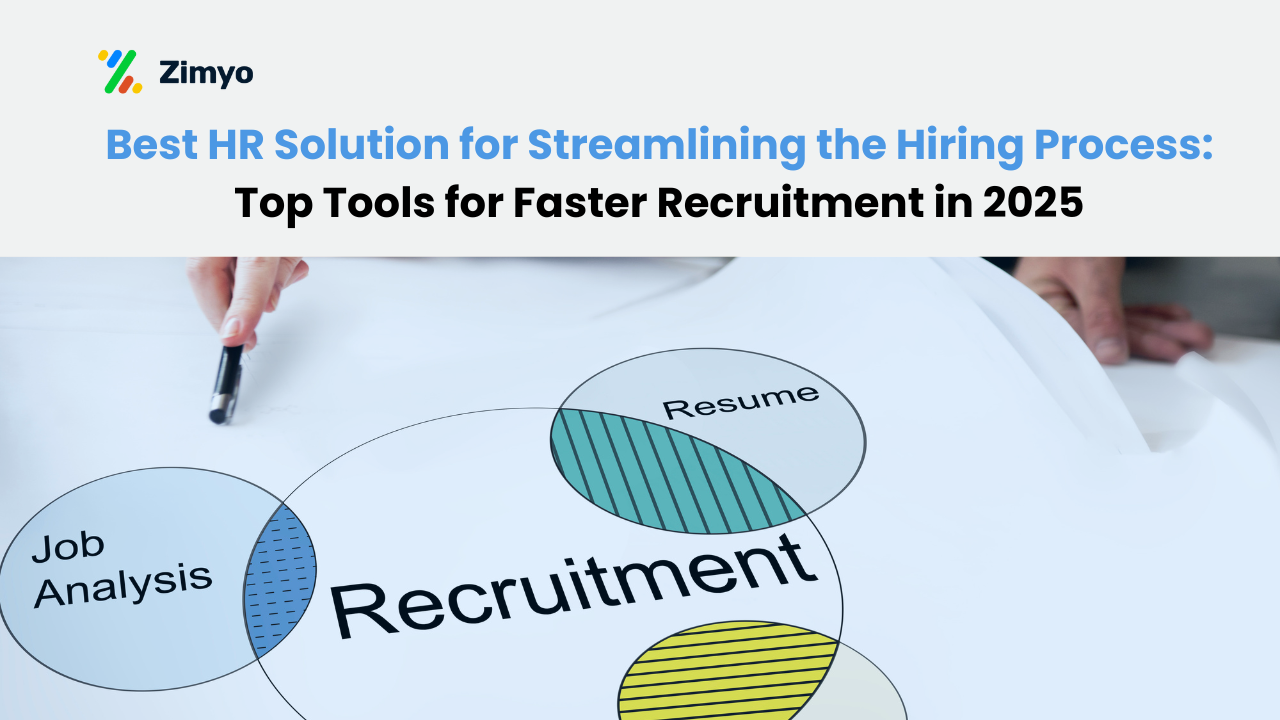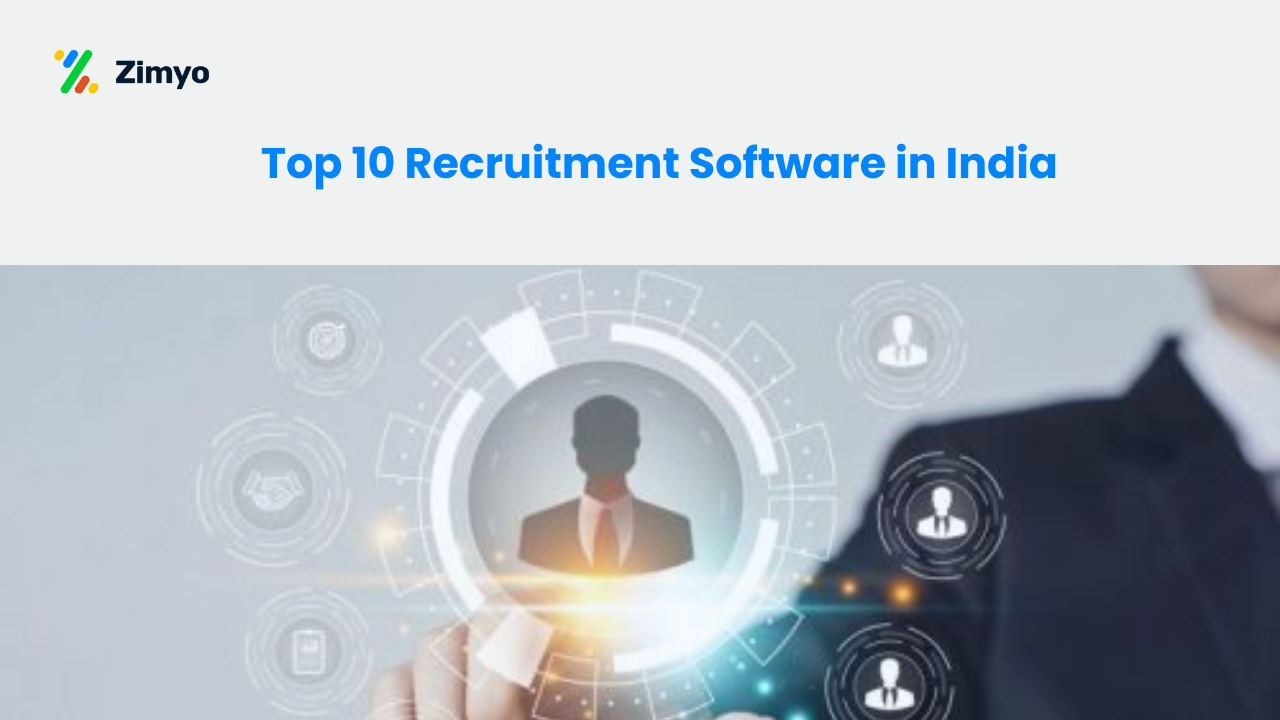Hiring the right people is one of the most important tasks in any company. But managing resumes, scheduling interviews, and finding the right candidate from hundreds of applications can be a challenge. That’s where an Applicant Tracking System (ATS) comes in.
In this blog, we’ll explore what an ATS is, how it works, its benefits, and key features to look for in the best applicant tracking software.
What is an ATS?

An Applicant Tracking System (ATS) is a type of software that helps Human Resources (HR) teams manage the entire hiring process. It helps recruiters collect, sort, and track job applications in one place.
An ATS makes hiring easier by reducing manual work and improving the way HR teams and hiring managers handle resumes and applicants.
Essential ATS Features to Know
The key features of the Application Tracking System include:
1. Resume Parsing
Resume parsing is the feature that helps an ATS automatically read resumes and extract useful information such as name, contact details, work experience, skills, and education. This saves time for HR teams by organizing all candidate information into structured formats, making it easier to search, filter, and compare profiles without manual effort.
For instance, a resume in PDF format can be uploaded, and the system will instantly populate the candidate’s profile using the extracted data.
2. Job Board Integration
This feature allows HR teams to post job openings to multiple job portals and platforms from within the ATS. Instead of logging into every job site separately, recruiters can publish listings on sites like Naukri, LinkedIn, and Indeed all at once. This widens the job reach quickly and ensures faster visibility for open roles across different hiring channels.
3. AI-Based Screening
AI-based screening helps the ATS shortlist the most suitable candidates by automatically filtering resumes based on pre-set criteria like skills, experience, keywords, and qualifications. It brings the best-matching profiles to the top, saving recruiters hours of manual screening. For example, when hiring for a marketing role, the system highlights candidates with SEO, PPC, or Google Analytics skills.
4. Interview Scheduling
The interview scheduling feature allows recruiters to set up interviews, sync with calendars, and send automated notifications to both interviewers and candidates. This reduces back-and-forth coordination and avoids missed or overlapping appointments. The system checks available time slots and lets the candidate confirm their preferred time, with all parties getting timely reminders.
5. Analytics & Reports
With in-built analytics and reporting tools, an ATS offers real-time insights into hiring performance. Recruiters can track key metrics like time-to-hire, source of hire, offer acceptance rates, and more. These insights help HR teams identify bottlenecks, improve their strategies, and make more data-driven decisions to enhance the hiring process.
6. Candidate Database
An ATS creates and maintains a centralized candidate database, storing resumes and profiles for current and future job openings. This allows recruiters to revisit past applicants for new roles without starting the sourcing process all over again. It’s particularly useful when hiring similar roles repeatedly or when a great candidate wasn’t a fit at the time but may be perfect now.
7. Collaborative Hiring
Collaborative hiring enables multiple stakeholders, HR, department heads, team leads, and interviewers, to work together on evaluating candidates. Feedback, ratings, and comments can be shared within the platform, creating transparency and improving the overall quality of hiring decisions. Everyone involved in the process can access candidate details and contribute to discussions in real time.
8. Mobile-Friendly
A mobile-friendly ATS ensures that both recruiters and candidates can access the platform from their smartphones or tablets. Recruiters can review applications, schedule interviews, and communicate with candidates while on the move. Similarly, candidates can apply for jobs, check their application status, and receive updates without needing a desktop or laptop.
How Does an Applicant Tracking System Work?
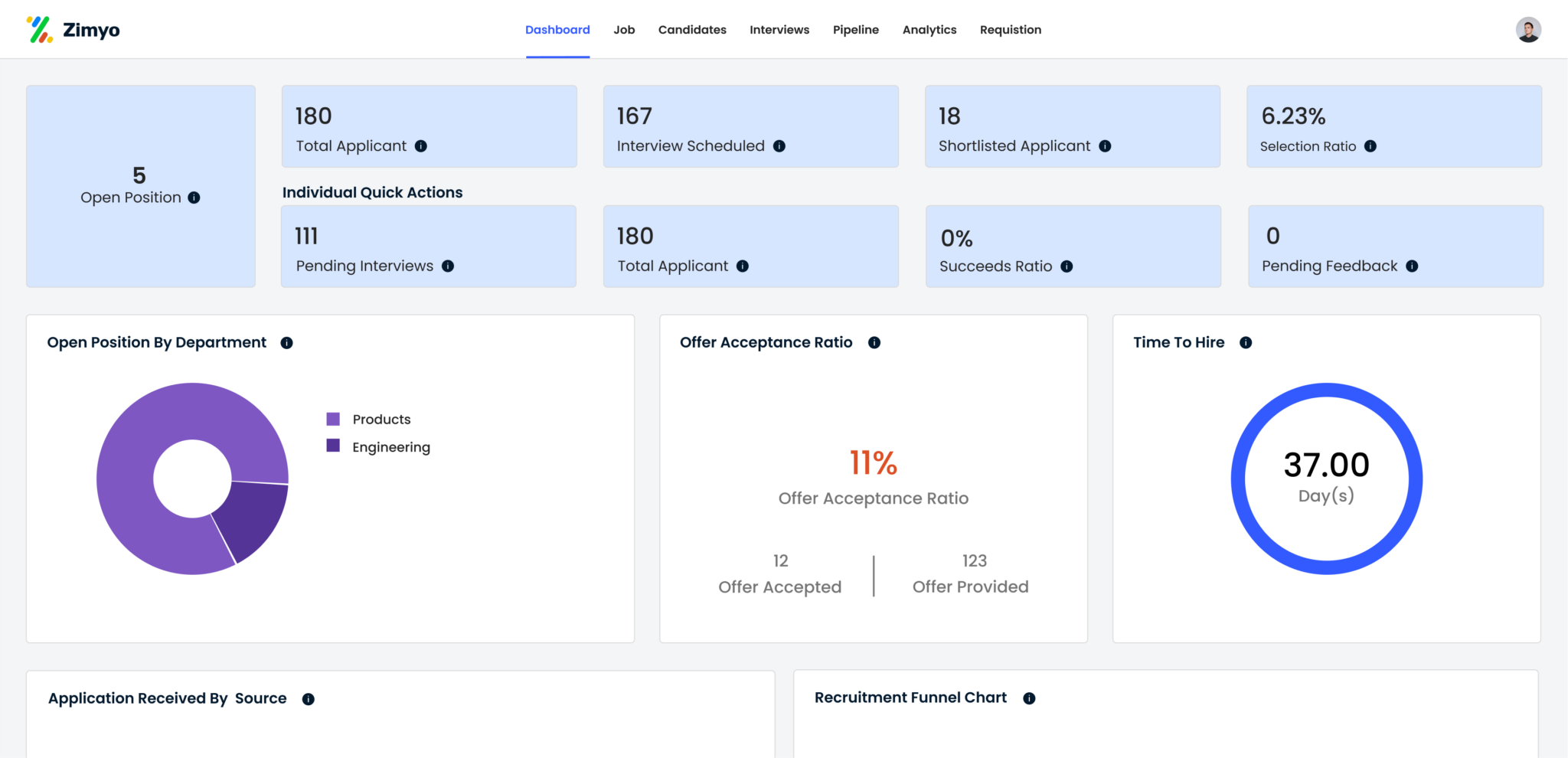
Here’s a simple step-by-step flow of how an Applicant Tracking System works:
- Job Posting: The ATS posts your job openings to multiple job boards or your careers page.
- Application Collection: When candidates apply, their resumes and details are automatically stored in the system.
- Resume Screening: The ATS scans resumes for keywords and filters out the most relevant candidates.
- Interview Scheduling: It allows recruiters to schedule interviews and send reminders.
- Candidate Communication: The ATS sends automatic emails or updates to keep candidates informed.
- Hiring Decision: After interviews, feedback is stored in the system, helping HR make final decisions.
Benefits of Using an Applicant Tracking System for Recruiters, Employers, and Candidates
An ATS helps recruiters, employers, and candidates in different ways.
ATS Benefits for Recruiters:
- Saves time by automating tasks like resume screening and interview scheduling.
- Keeps all candidate data in one place.
- Helps shortlist the best candidates faster.
ATS Benefits for Employers:
- Improves hiring decisions.
- Makes the recruitment process more organized.
- Reduces the cost of hiring.
ATS Benefits for Candidates:
- Gives timely updates on their application status.
- Makes it easier to apply for jobs.
- Improves the candidate experience.
Types of ATS
There are different types of Applicant Tracking Software, depending on the needs of your company:
Type of ATS | Description |
Standalone ATS | Focuses only on recruitment and resume tracking. |
ATS with HRMS | Integrated within a full Human Resources system, including payroll, onboarding, etc. |
Cloud-Based ATS | Hosted online; accessible from anywhere at any time using the internet. |
Open-Source ATS | Free to use but requires setup, customization, and technical expertise. |
How Much Do Applicant Tracking Systems Cost?
ATS costs can vary depending on features and company size.
- Small Business ATS: Around ₹1,000–₹5,000 per month.
- Mid-size Company ATS: ₹5,000–₹25,000 per month.
- Large Enterprise ATS: Custom pricing, often more than ₹50,000 per month.
Some ATS software also charge based on the number of job posts, recruiters, or hires made.
What to Know When Selecting an Applicant Tracking System
Before choosing an Applicant Tracking System, keep these points in mind:
- Ease of Use: It should be simple for HR and candidates.
- Integration: It should connect easily with your email, calendar, HRMS, and job boards.
- Customization: Look for flexible workflows and templates.
- Security: Candidate data must be protected.
- Customer Support: Choose a provider with helpful and fast support.
The Future of Applicant Tracking Systems

The future of ATS is smart and efficient. Here’s what to expect:
- AI-Powered Matching: ATS will get better at finding the right fit using artificial intelligence.
- Video Interview Integration: Many systems will support video interviews inside the software.
- Better Candidate Experience: Simple and mobile-friendly applications will be the norm.
- Advanced Analytics: HR will get deeper insights into hiring trends.
The Ultimate Applicant Tracking System Software: Achieve Hiring Excellence with Zimyo
Zimyo Applicant Tracking System is designed to simplify hiring for companies of all sizes.
With Zimyo ATS, HR teams can:
- Post jobs instantly on multiple portals
- Automatically screen resumes using AI filters
- Schedule interviews in just a few clicks
- Store and track candidate data easily
- Collaborate with hiring managers smoothly
Whether you’re hiring for one role or many, Zimyo Applicant Tracking Software helps you save time, hire smarter, and improve candidate experience, all in one place.
Conclusion
An Applicant Tracking System is a must-have for any company that wants to hire quickly, easily, and fairly. From saving time to improving candidate experience, the ATS benefits are endless.
With the right ATS features, you can streamline your hiring process, reduce mistakes, and find the best talent faster.
Frequently Asked Questions (FAQs)
What does ATS stand for?
ATS stands for Applicant Tracking System.
Who uses Applicant Tracking Systems?
HR teams, recruiters, and hiring managers use ATS to manage job applications and hiring workflows.
Are ATS expensive?
Not always. Many ATS for small businesses are affordable and even offer free trials.
Do ATS reject resumes?
Some Applicant Tracking Software automatically filters resumes based on keywords, but good ones allow HR to review all applicants fairly.
Can ATS improve candidate experience?
Yes, modern ATS systems send real-time updates, easy job applications, and faster interview scheduling, making it smoother for candidates.

